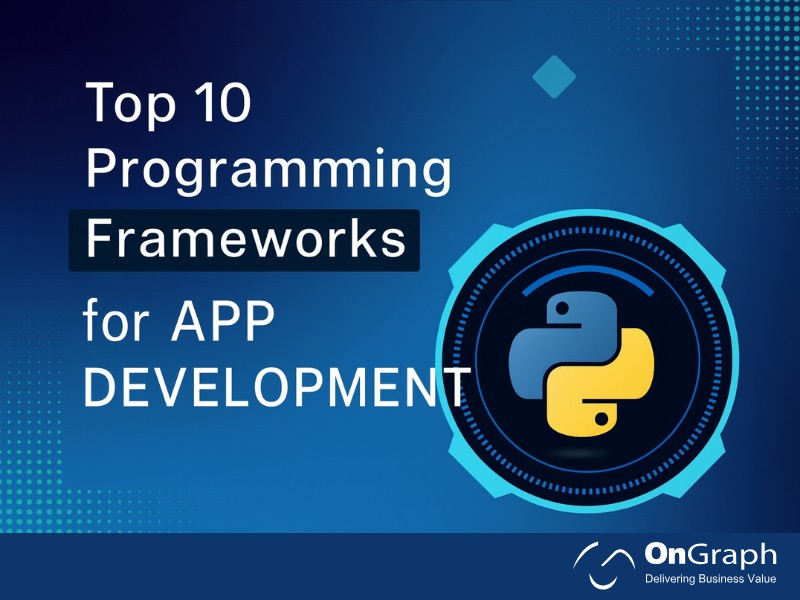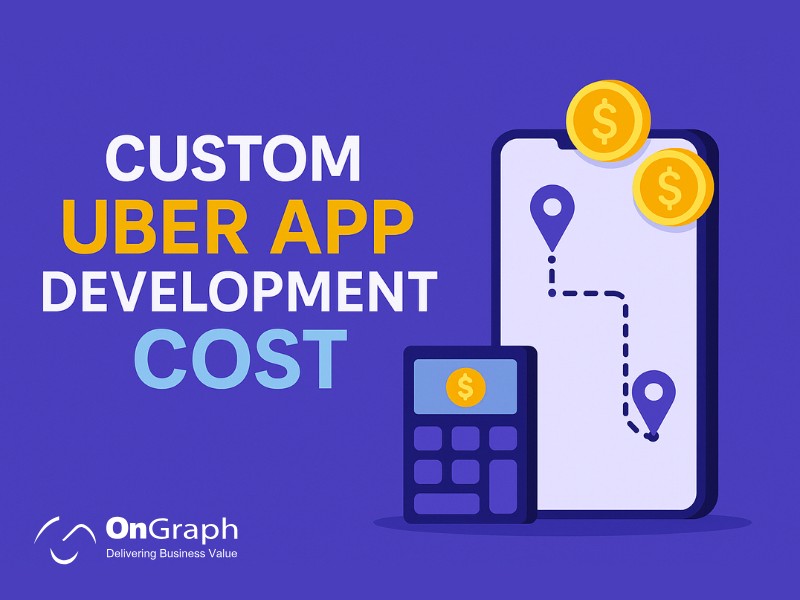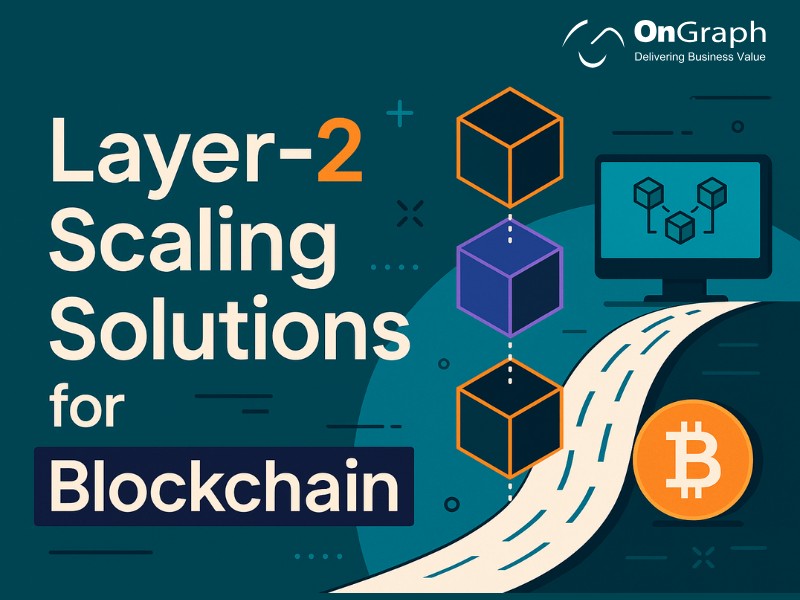In this article
- Why AI SaaS Is the Future (and Why It Costs More)
- AI SaaS Development Cost Factors in 2025
- AI SaaS Product Development Cost Breakdown
- Understanding AI SaaS Pricing Models
- AI SaaS Development Budget Planning in 2025
- AI SaaS Cost Optimization Strategies
- AI SaaS Development Cost Trends in 2025
- Final Thoughts
In the rapidly evolving landscape of AI software, understanding the AI SaaS Product Development Cost is crucial for any founder aiming to build a competitive Software-as-a-Service (SaaS) product powered by artificial intelligence. As 2025 unfolds, founders and startup teams are increasingly prioritizing AI capabilities, from LLMs and vector databases to real-time analytics and automation.
Whether you’re building your first Minimum Viable Product (MVP) or scaling up to a full-featured solution, understanding the cost drivers, pricing models, and optimization strategies is essential.
This founder’s guide explores the cost to build an AI SaaS product in 2025 and equips you with actionable insights to manage your budget without compromising on quality or speed.
Why AI SaaS Is the Future (and Why It Costs More)
AI SaaS products combine the power of artificial intelligence with the scalability of cloud-based platforms. These applications offer intelligent automation, predictive capabilities, natural language processing, and personalized user experiences—all essential in a data-driven era.
But unlike traditional SaaS, AI SaaS development cost includes additional layers like model training, data pipelines, vector databases, and GPU infrastructure. This naturally increases complexity and budget requirements.
AI SaaS Development Cost Factors in 2025
To better understand the financial landscape, let’s break down the AI SaaS product development cost factors:
1. MVP vs. Full Product
- AI SaaS MVP development cost: Typically ranges from $25,000 to $60,000 for a basic version with 2–3 core features (e.g., AI chatbot, dashboard, and user authentication).
- A full-featured AI SaaS product can cost upwards of $100,000 to $300,000 or more depending on scale, integrations, and proprietary AI.
2. AI Model Integration
- Using open-source LLMs (e.g., Mistral, Llama3) is cost-effective, but requires skilled developers for fine-tuning.
- Proprietary APIs like OpenAI or Anthropic cost more due to usage-based pricing and model limitations.
3. Data Infrastructure
- You’ll need vector databases (like Pinecone or Weaviate) for semantic search, along with pipelines for structured/unstructured data.
- Data ingestion, cleaning, labeling, and versioning are hidden but crucial expenses.
4. Frontend & Backend Development
- Custom UI/UX: $8,000–$20,000+
- Backend logic (APIs, database): $15,000–$50,000+
- AI-specific microservices (agents, LLM orchestration): $10,000–$30,000+
5. Security & Compliance
Especially for healthcare or fintech AI SaaS, compliance (HIPAA, GDPR) can add 10–20% extra to your budget.
6. Ongoing AI Ops and Maintenance
Expect monthly costs of $3,000–$10,000 for model retraining, prompt updates, API usage, server hosting, and bug fixes.
AI SaaS Product Development Cost Breakdown
Here’s a simplified cost breakdown for a mid-level AI SaaS platform in 2025:
| Development Area | Estimated Cost (USD) |
| Market Research & Product Design | $3,000 – $7,000 |
| Frontend Development | $10,000 – $25,000 |
| Backend & Database | $15,000 – $40,000 |
| AI Model Integration | $10,000 – $30,000 |
| DevOps & Cloud Setup | $5,000 – $15,000 |
| Security & Compliance | $5,000 – $20,000 |
| QA & Testing | $3,000 – $7,000 |
| Project Management | $5,000 – $10,000 |
| Total | $56,000 – $154,000 |
This represents a baseline estimate—enterprise-grade tools or advanced AI capabilities will push this higher.
Understanding AI SaaS Pricing Models
When developing a product, your AI SaaS pricing model should also be defined early. Common models include:
1- Freemium + Usage Tiering: Free limited features with charges based on usage (tokens, documents, queries).
2- Monthly Subscriptions: Fixed fee, suitable for B2B AI dashboards.
3- Per-User Pricing: Ideal for AI tools used by teams (e.g., AI CRMs, analytics).
4- Outcome-Based Pricing: Charge based on value delivered (e.g., leads qualified, hours saved).
Your pricing model also influences your cost optimization strategy since infrastructure needs scale with users or usage frequency.
AI SaaS Development Budget Planning in 2025
Proper AI SaaS development budget planning is more crucial than ever. Follow these practices:
1. Phase Your Rollout
Start with an MVP focused on your key differentiator. Avoid building everything upfront.
2. Choose Open-Source LLMs and Frameworks
Use HuggingFace models, LangChain for orchestration, and open-source vector DBs to reduce reliance on expensive APIs.
3. Hire a Distributed Team
Outsource to development teams in India, Eastern Europe, or LATAM to optimize labor costs without sacrificing expertise.
4. Use an AI SaaS Development Cost Calculator
Estimate budgets using AI SaaS development cost calculators from agencies or no-code AI dev platforms. Many offer estimators that give pricing based on feature lists, user base, and AI usage.
AI SaaS Cost Optimization Strategies
Let’s cover a few powerful AI SaaS cost optimization strategies founders can implement in 2025:
- Use GPU credits from AWS, GCP, or AI accelerator programs.
- Monitor model usage to reduce unnecessary token consumption.
- Implement caching & batching in AI query flows.
- Replace APIs with in-house inference servers for high-volume tasks.
- Automate testing & deployment pipelines to reduce human error and QA costs.
AI SaaS Development Cost Trends in 2025
Key AI SaaS development cost trends shaping the market this year:
- Rise of open-source LLMs: More teams are switching from OpenAI to open models for long-term control and cost savings.
- Agent-based architecture: SaaS platforms now use multiple AI agents per workflow, increasing development but boosting UX.
- Horizontal SaaS with vertical fine-tuning: General tools built with modular fine-tuning for real estate, law, finance, etc.
- Increased demand for explainability: Cost increases with the need for interpretable AI models in regulated sectors.
Also read- The Future of White Label Software in the Growing SaaS Industry
Final Thoughts
Building an AI SaaS product in 2025 is no longer optional—it’s a competitive necessity. As a founder, knowing your AI SaaS development cost upfront, combined with a clear understanding of AI SaaS pricing models, development cost factors, and optimization strategies, can dramatically improve your odds of launching successfully within budget.
Remember, the smartest founders aren’t just spending wisely—they’re planning precisely. Use this guide as your compass to navigate the AI SaaS budgeting landscape confidently.
FAQ
Artificial Intelligence refers to the simulation of human intelligence in machines. It works by processing large volumes of data using algorithms and models—often powered by machine learning or deep learning—to perform tasks like decision-making, language understanding, and prediction.
The three main types of AI are:
- Narrow AI: Specialized in one task (e.g., chatbots, recommendation engines).
- General AI: Hypothetical AI that can perform any intellectual task like a human.
- Super AI: A future concept where AI surpasses human intelligence.
- AI is the broader concept of machines acting intelligently.
- Machine Learning is a subset of AI where systems learn from data.
- Deep Learning is a subset of machine learning that uses neural networks with multiple layers for complex tasks.
Top business use cases include:
- Customer support automation (chatbots, voice bots)
- Predictive analytics in sales and marketing
- AI-driven CRMs
- Fraud detection in fintech
- AI agents for healthcare diagnostics
LLMs are trained on massive datasets to understand and generate human-like text. They use transformer-based architectures to predict the next word in a sequence, making them ideal for chat, summarization, coding, and more.
AI powers SaaS platforms by enabling automation, personalized recommendations, intelligent analytics, and natural language interfaces. In 2025, AI-driven SaaS is the norm for competitive cloud products.
Vector databases store data in numerical format (vectors) that represent semantics. They enable fast similarity search and retrieval, making them essential for building AI products like semantic search engines, chatbots, and recommendation systems.
AI safety and ethics depend on how models are trained, deployed, and governed. Ensuring transparency, fairness, and accountability is key. Organizations must also guard against biases and data misuse.
Industries seeing the highest AI adoption include:
- Healthcare (diagnostics, patient monitoring)
- Finance (risk scoring, fraud detection)
- Retail & E-commerce (personalization, inventory forecasting)
- Legal (contract analysis)
- Real Estate (property valuation, lead qualification)
Start by identifying a clear use case. Then, choose between open-source models or API-based tools, define a data strategy, and partner with experienced AI developers or agencies. Building an AI MVP first helps validate your idea affordably.
About the Author
Let’s Create Something Great Together!
Latest Blog
















